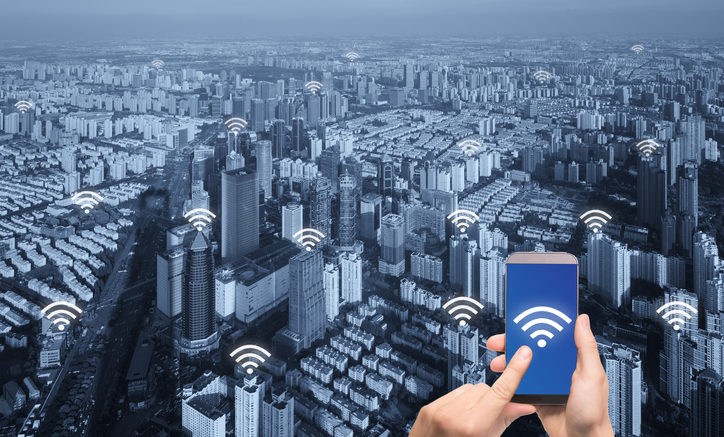At some point in time, you probably realized that there’s a little sliver of plastic in your phone that gives it the core personality traits it needs. With this little plastic dude, any phone can use your phone number. We call it a Subscriber Identity Module, or SIM.
SIM cards have been with us since about 1991. Originally, they were similar in size to credit cards, but they have shrunk several times over the years to allow them to fit better in phones. Today they are one of two sizes, both about the size of a thumbnail, depending on the size of your thumb.
The SIM was originally seen as a real benefit. With two SIMs you could take your work phone and repurpose it as a home phone in the evening. Or, you could easily move from phone to phone if you chose. Older Verizon and Sprint phones were seen as less desirable, being SIM-less. Their technology didn’t require SIMs, and that made them worse.
What comes around, goes around
In the last five years or so, prestige phone makers have stopped championing the SIM. In top-end phones, every millimeter is precious. There’s scant room for a sliver of plastic that could be replaced by something much smaller. And so, the movement toward eSIM was born. An eSIM is, for all intents and purposes, a SIM without a card. There are technical differences but they’re not important to this article. The point is that the technology in a SIM gets put on the mainboard rather than being part of a separate card.
eSIM technology is already a part of Google, Samsung and Apple phones. It’s also seen in iPads, Apple Watches, and Microsoft’s Surface Pro LTE. It’s here, and you never knew it. In some cases it’s the only way the device can be activated. Does this mean the end of the physical SIM as we know it? More importantly, should you care?
The benefits of eSIM
Clearly, the big benefit of an eSIM is the size. You couldn’t have a cellular-enabled Apple Watch without one. Taking the SIM out means more room for a battery. Keep in mind it’s not just the sliver of plastic. It’s the reader in the phone, the tray it sits in, and the door. In phone terms, that’s an awful lot of real estate. Compare that with an eSIM, which is smaller than the head of a pin.
In theory, an eSIM should be easier to swap out and more flexible than a physical SIM. If everything is implemented properly, you could have two or more eSIMs and assign different apps to different SIMs. You could even have one eSIM for voice and one for data. A lot of this is theoretical right now, though. No one is really using that capability fully, yet.
If you need to change physical SIMs, for example if you change carriers, you’ll need to wait for one to arrive. With eSIM, it just takes moments and possibly a phone reboot. It all sounds great. At least in theory.
Why hasn’t everyone gone eSIM yet?
I tend to think this is one of those technologies that will take over in time. At least in the US, there are few people who swap SIMs all the time. Phone makers want to go all-eSIM, and carriers like it too as it’s cheaper and more reliable to implement in most cases.
I don’t have any hard data, but I’m told by the folks in our Signal Connect division that most iPhones are now activated via eSIM. It’s a fair bet that in a few years, all devices will be.
Physical SIM really seems to be a “legacy” technology at this point, included to keep compatibility with older systems. It’s likely to disappear at some point.
Should you be worried about eSIM?
Cards on the table here. In every case of something connected to a network, there’s a concern about hacking. There is a possibilty that a hacker could steal your eSIM and use it to make calls or use data associated with your account. I’m not sure that’s really likely, but I’ll grant that it’s possible at least. If you use a cell phone — and who doesn’t — you have to be aware of the risks. Your voice calls and data could be intercepted. Your location is available all the time, even with the phone off.
Even with the best biometrics, your bank and payment information isn’t 100% safe. Using a cell phone is no less risky than using a payphone or physical credit card, but it is more personally tied to you, and that means privacy issues. As with everything in our modern world, you just have to decide how much convenience is important to you. And, you need to balance that with a need for security.
Bottom line?
I think within the next five years you’ll be using eSIM, or you won’t be using a mobile device. And, that’s fine by me. In the meantime, if you have questions about cellular, call us! Signal Connect is an AT&T dealer and can help you with everything you need. The number is 888-233-7563 and we’re here during East Coast business hours.





